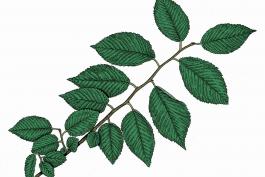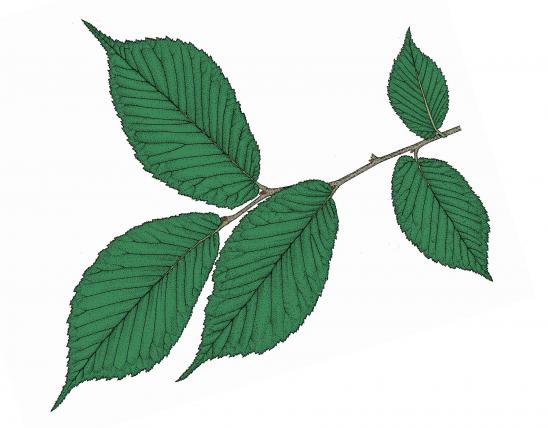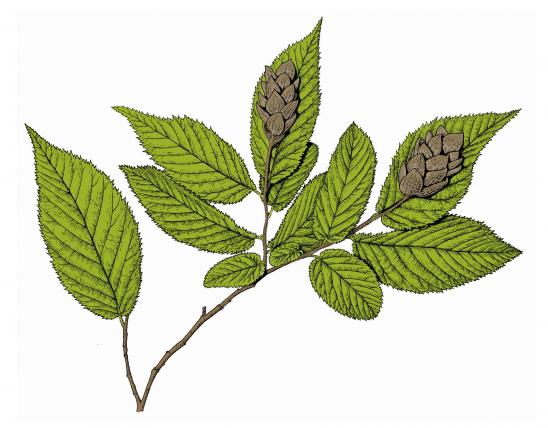
Siberian elm is a medium-sized tree with somewhat drooping branches and a rounded canopy.
Leaves are alternate, simple, 1–2 inches long, edges evenly, simply toothed (teeth all one size, with no smaller teeth on each tooth); tip pointed, base with sides nearly equal.
Bark is dark gray, becoming deeply grooved, with long, flat ridges that form a broad interlacing network.
Twigs are very slender, flexible, greenish-brown and hairy when young, turning brown to gray and smooth with age, drooping.
Flowers March–April, stalk short or absent, appearing with or before the leaves emerge, in tight clusters along the twig, not drooping; flowers greenish, petals absent.
Fruits April–May, in tight clusters along the twig; fruit ¼–½ to inches long, seed surrounded by a thin wing, wing light brown, round, notched at the tip, smooth (without hairs); seed solitary, thin, surface wrinkled.

Habitat and Conservation
Status
Human Connections
Ecosystem Connections






























